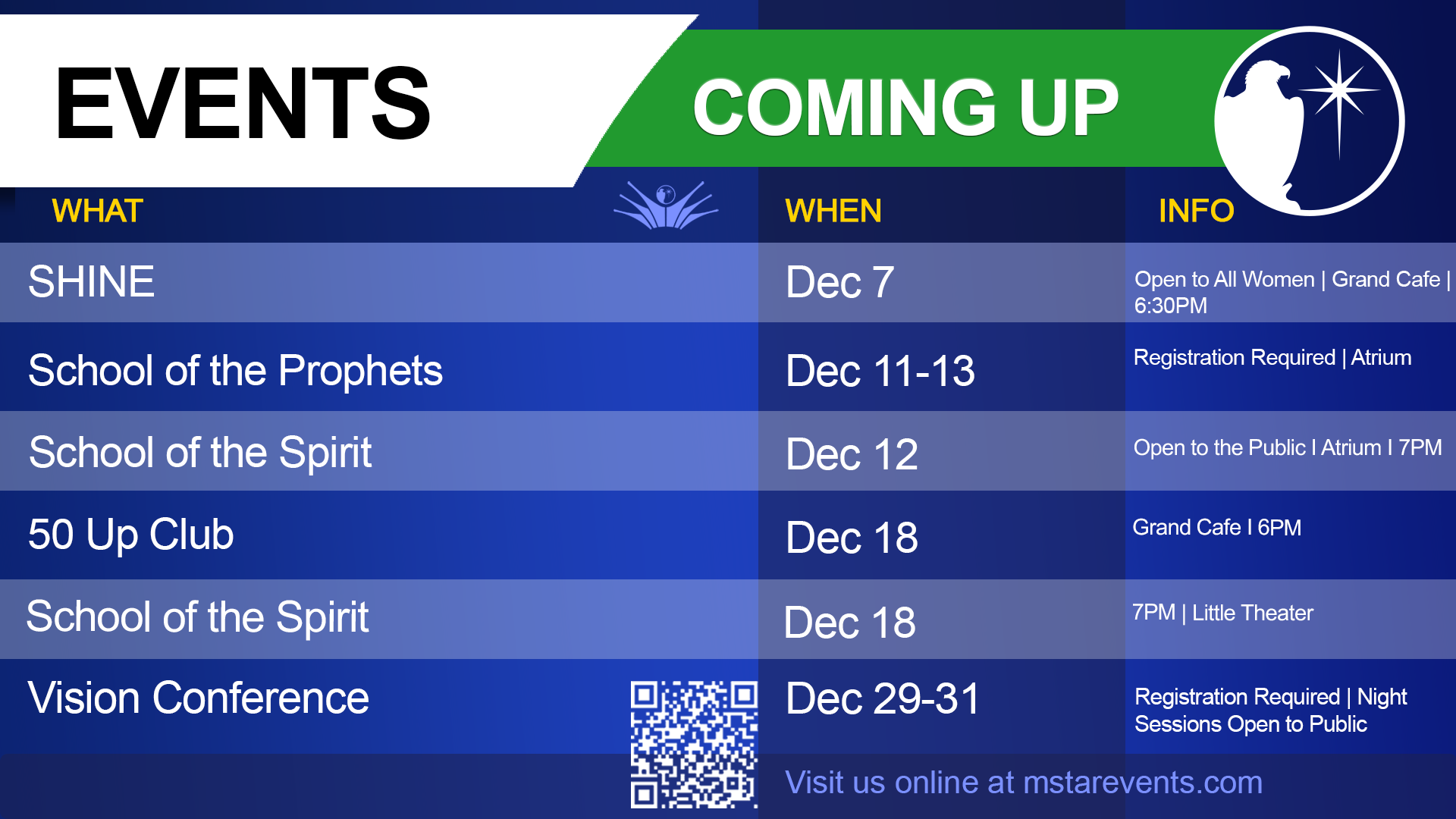This week, we come to Revelation 11:3-6 and two of the most interesting characters in the Bible:
"And I will grant authority to my two witnesses, and they will prophesy for twelve hundred and sixty days, clothed in sackcloth.”
These are the two olive trees and the two lampstands that stand before the Lord of the earth.
And if anyone wants to harm them, fire flows out of their mouth and devours their enemies; so if anyone wants to harm them, he must be killed in this way.
These have the power to shut up the sky, so that rain will not fall during the days of their prophesying; and they have power over the waters to turn them into blood, and to strike the earth with every plague, as often as they desire.
Like the rest of the Book of Revelation, there is much speculation about who these two witnesses are. Bruce Wilkinson told me that he thought these were Enoch and Elijah. This is one of the most common assumptions, and this makes sense as these are the only two recorded in Scripture to not have died. The Scripture is clear that it is appointed to every man to die once. Then again, we have multitudes that seemingly will not die because of the rapture.
Interestingly, many biblical scholars and theologians throughout the church age have believed these two witnesses to be the Old and New Testaments. When I first read this, I was dubious, but the more I studied the position, the more sense it made. I still have not concluded this to be the case, but it has enough merit to consider. Here is a brief explanation of this school of thought.
These two have the power to shut the sky and strike the earth with plagues. There are other ways that what is written about these two could be applied to the Old and New Testaments. So we will consider this:
When they have finished their testimony, the beast that comes up out of the abyss will make war with them, and overcome them and kill them.
And their dead bodies will lie in the street of the great city which mystically is called Sodom and Egypt, where also their Lord was crucified.
Those from the peoples and tribes and tongues and nations will look at their dead bodies for three and a half days, and will not permit their dead bodies to be laid in a tomb.
And those who dwell on the earth will rejoice over them and celebrate; and they will send gifts to one another, because these two prophets tormented those who dwell on the earth.
But after the three and a half days, the breath of life from God came into them, and they stood on their feet; and great fear fell upon those who were watching them.
And they heard a loud voice from heaven saying to them, “Come up here.” Then they went up into heaven in the cloud, and their enemies watched them.
And in that hour there was a great earthquake, and a tenth of the city fell; seven thousand people were killed in the earthquake, and the rest were terrified and gave glory to the God of heaven.
The second woe is past; behold, the third woe is coming quickly (Revelation 11:7-14).
To continue the reason for why many thought that these are the Testaments, it was written that these two would “prophesy in sackcloth for forty-two months,” or 1,260 days. As we covered previously, this prophetic perspective is linked to the historical period where an imperial decree established the papacy. During that time it was against the law for anyone but an authorized priest to read the Bible, and for much of that time it was capital punishment. Certainly it looked as if the Scriptures themselves were prophesying from a humble position to which few paid attention.
During the French Renaissance, which in some ways was consummated in the French Revolution, there was a period of several years, which could have been three and a half years, when it seemed that the entire focus was to destroy the Bible and eradicate it from the earth. It seemed that the Bible was so discredited and scorned that its influence on the earth had ended and it was dead in the streets. Then almost as suddenly, the forces of the Reformation regrouped. There was a worldwide movement to recover esteem for the Bible as God’s Word. It could well have seemed that these two witnesses, the Old and New Testaments, had indeed been raised from the dead and were elevated to a place high above the earth with greater power.
This brief exploration of this position does not do justice to it, but this was the general and popular understanding of the fulfillment of this text throughout the Reformation and until the 1844 Advent Movement, when it began to be taught that all of Revelation was about the future. Again, I am presenting it here because this position is hardly known in modern eschatology. It carries about as much merit to it as the other speculations about these two witnesses, especially since so many hold to the belief that the two olive trees of Zechariah are the Old and New Testaments. Regardless, it can be helpful to consider all the schools of thought. To date, I have not seen any that one could be dogmatic about, and therefore I think wisdom requires that we remain open to who or what these two witnesses are.



